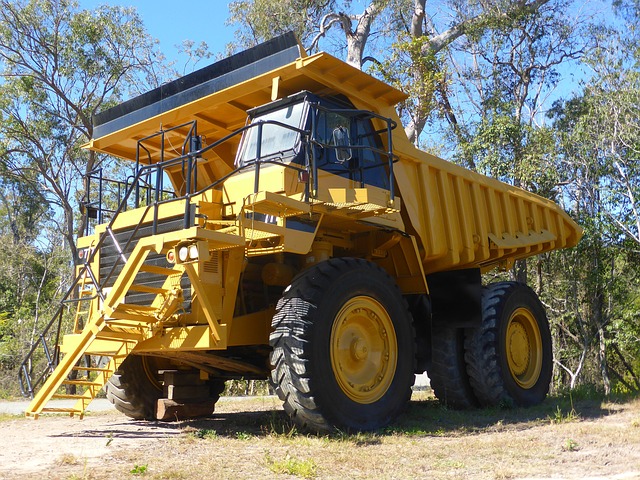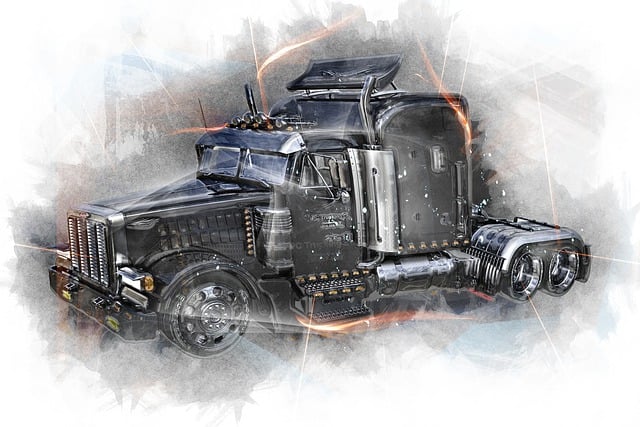Small businesses with fleets face challenges finding suitable insurance, but multi-truck policies offer a tailored solution. These specialized policies provide comprehensive protection for multiple vehicles, with flexible options to insure specific trucks or the entire fleet. Features like aggregate limits simplify claims management, saving time and money. Regular gap assessments and proactive communication with insurers ensure seamless coverage as businesses grow, minimizing disruptions and maximizing asset protection. Multi-truck policies are crucial for small businesses aiming for uninterrupted insurance transitions.
As a small business owner, managing multiple vehicles requires careful consideration of your insurance coverage. Adding or changing vehicles demands seamless transitions to avoid gaps in protection, ensuring uninterrupted operations and financial security. This article guides you through understanding multi-truck policies tailored for small businesses, assessing potential coverage gaps, implementing strategies for smooth transitions, and adopting best practices for comprehensive protection. By following these insights, you’ll navigate the process with confidence, safeguarding your business and fleet.
Understanding Multi-Truck Policies for Small Businesses

Small businesses with a fleet of vehicles often face challenges when it comes to insurance coverage. This is where understanding multi-truck policies becomes crucial. These specialized policies are designed to cater to the unique needs of businesses operating multiple trucks, ensuring comprehensive protection for each vehicle and a seamless transition during additions or changes.
Multi-truck policies offer several benefits tailored to small business owners. They provide flexible coverage options, allowing businesses to insure specific vehicles or the entire fleet at competitive rates. Moreover, these policies often include features like aggregate limits, which simplify the claims process by covering all vehicles under one comprehensive limit. This approach streamlines insurance management and saves time and money for small business owners already juggling multiple operational tasks.
Assessing Coverage Gaps When Adding Vehicles

When a small business decides to expand its fleet by adding more vehicles, it’s crucial to assess potential coverage gaps. Multi-truck policies are designed to cater to such scenarios, ensuring that each vehicle is adequately insured regardless of its purpose or usage. This involves evaluating specific risks associated with new vehicles and activities they’ll be engaged in. For instance, a business adding a delivery truck needs to ensure liability coverage matches the increased risk of accidents or damages during operations.
Regular gap assessments help small businesses maintain comprehensive insurance. They should scrutinize policy limitations related to vehicle types, usage, and liability limits. By identifying gaps early, businesses can make informed decisions when renewing policies or switching insurers. This proactive approach ensures that as the operation grows with added vehicles, so does the insurance coverage, providing seamless protection for all assets.
Strategies to Seamlessly Transition Coverage

When adding or changing vehicles in a fleet, ensuring seamless coverage transitions is paramount for small businesses. A key strategy involves implementing multi-truck policies that offer comprehensive protection across all assets. This unified approach simplifies administrative tasks and reduces potential gaps in insurance. By treating multiple trucks as part of an integrated whole, insurers can provide consistent coverage, even during dynamic operational changes.
Moreover, proactive communication between insurance providers and fleet managers is essential. Regular check-ins help identify upcoming vehicle additions or modifications, allowing for timely adjustments to policies. Staying in touch enables seamless transitions, ensuring that each new truck or change in usage is accurately reflected in the insurance coverage, minimizing disruptions and maximizing protection for the business and its assets.
Best Practices for Maintaining Comprehensive Protection

Maintaining comprehensive protection for a growing fleet is crucial for small businesses, especially with multi-truck policies in place. A best practice approach involves regular fleet assessments and policy reviews to ensure coverage aligns with the evolving needs. This includes evaluating each vehicle’s unique risks, such as cargo value, driving conditions, and driver experience, to determine appropriate liability limits and specific coverages like cargo insurance or mechanical breakdowns.
By staying proactive and keeping policies up-to-date, businesses can avoid gaps in coverage that may leave them vulnerable during transitions. Regular communication between insurance providers and the business is key to understanding new requirements and making informed decisions to protect against potential losses and ensure seamless operations.
When managing a fleet of vehicles, ensuring continuous coverage is key. By understanding multi-truck policies tailored for small businesses and implementing effective strategies for transition, you can avoid gaps in protection. Regularly assess your needs, stay updated on best practices, and maintain comprehensive insurance to safeguard your operations and finances. Adopting these measures ensures a seamless experience, allowing your business to focus on growth while staying protected.
